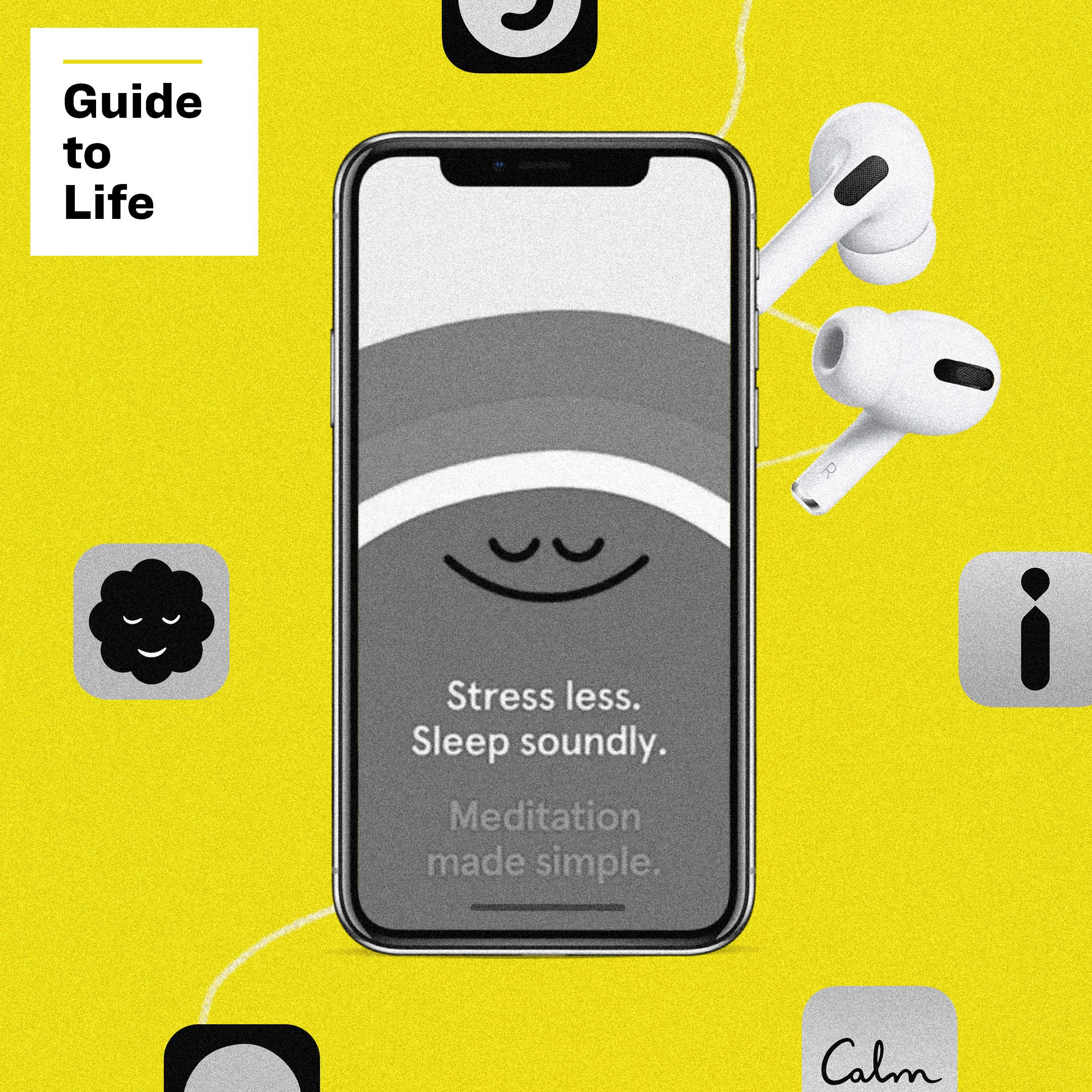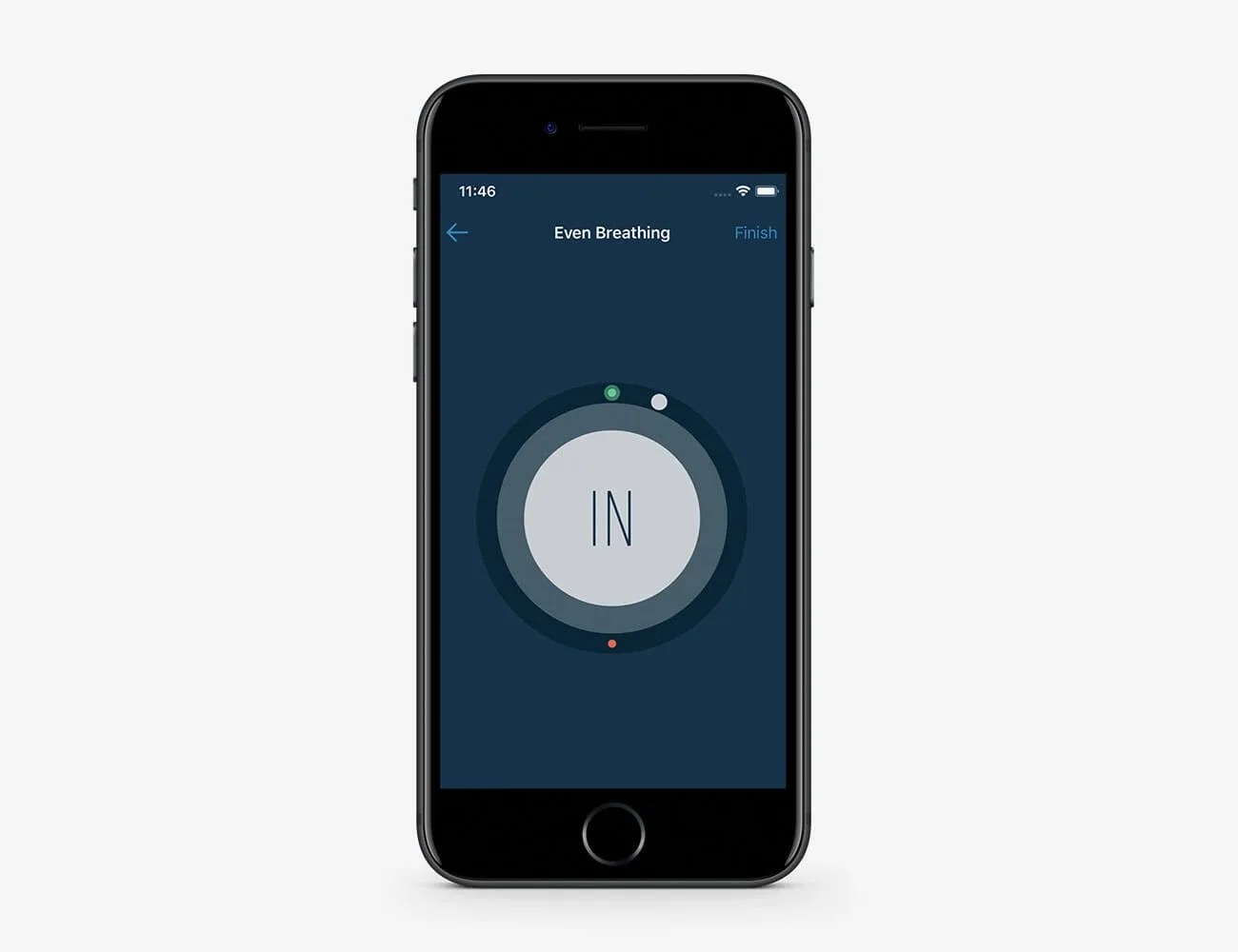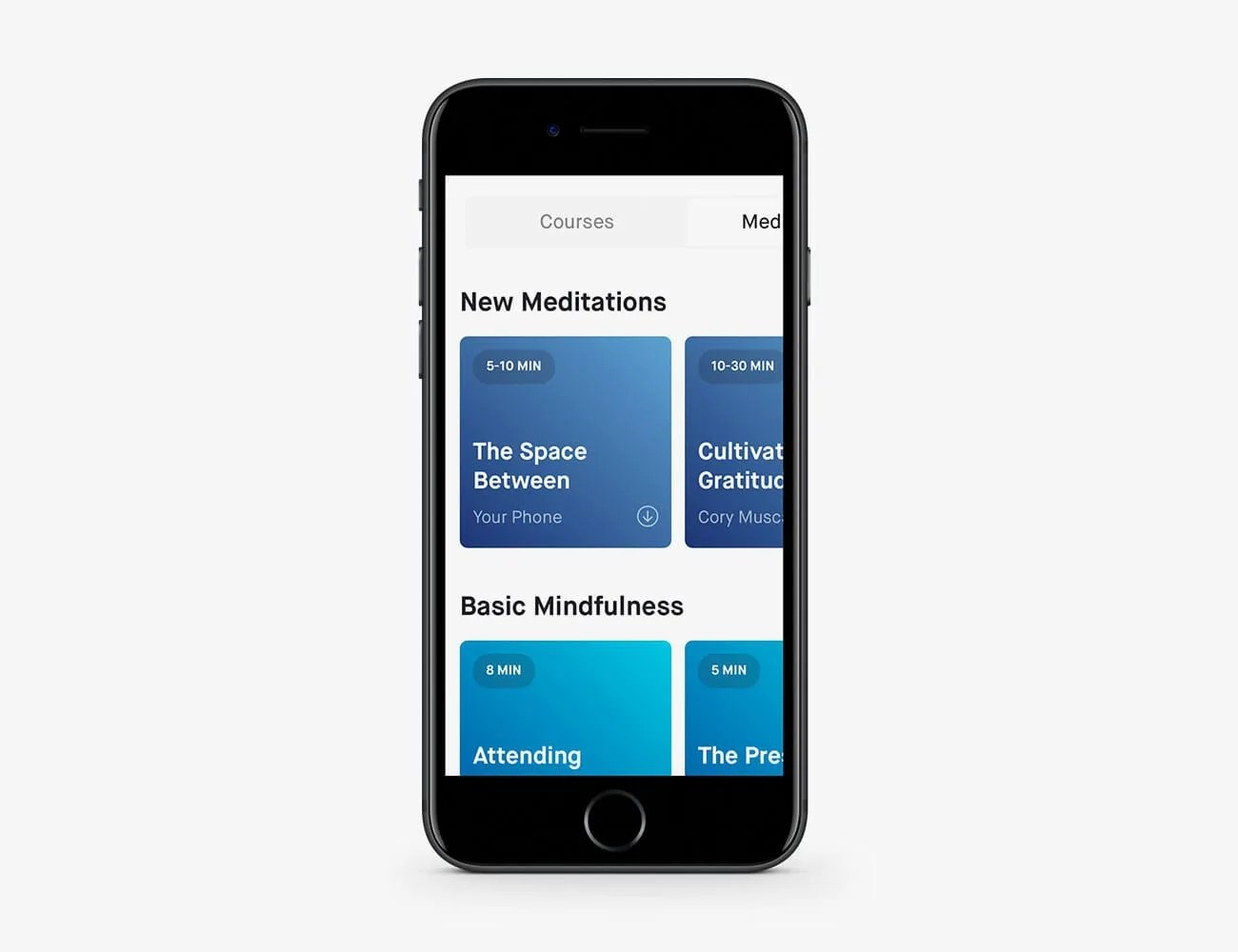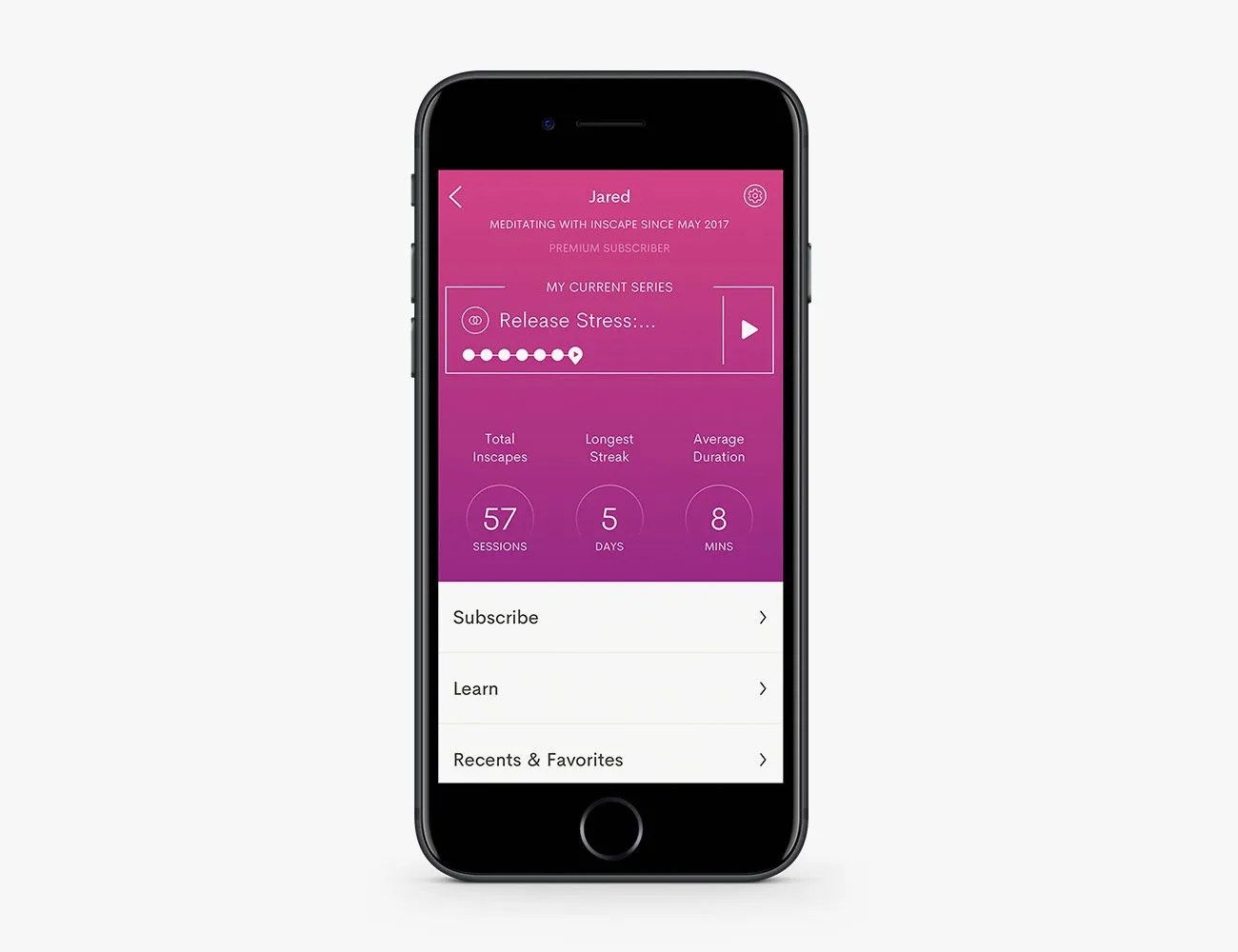You already know that spending time in the gym equals fitness gains, but what about doing the same for your brain? Elite athletes spend as much time working on their mental health as they do in the gym, because it can improve their performance drastically come game day. Michael Jordan as well as the entire Seattle Seahawks team have included meditation as part of their physical training regiment.
Studies show that meditation has countless benefits. Aside from reducing stress levels, mindfulness can change your brain. You’re more present, helping the hours you spend on that run or in the gym become more impactful. Beyond physical benefits, daily meditation practices can help you sleep better, have less anxiety, keep a level head when you have sudden pain.

The Experts
To get a few recommendations and hear why meditation is so great for athletes, we chatted with Max Vallot, co-founder at District Vision, who leads all pre-run group meditations for the brand. We also spoke with Joe Holder, performance specialist and health consultant, as well as a certified personal trainer at S10 and a Nike Run Coach.
Holder was introduced to meditation by his parents when he was young, but only started to ‘take it seriously’ in college. “It has continuously helped, not just my mental state, but I’ve seen improvements in my ability to bounce back from physical injuries as well,” Holder says. He recommends Headspace and Stop, Breathe & Think, as well as using resources from UCLA Mindful Awareness Research Center, which offers online meditations that you can stream.
Vallot has been meditating for years and brings his expertise to the running space, leading group meditations before big races like The New York City Marathon and Brooklyn Half. “At District Vision, we’re developing a method that is about a holistic sense of awareness throughout the body and how [those] are involved with running, and in turn how the breath affects running efficiency.” And while he’s quick to admit that meditation hasn’t made him a faster runner, “it makes you a more aware runner, a more conscious runner on some level.” Vallot started with transcendental meditation, “essentially a form of mantra meditation, that has been my core practice every day for the last five years or so,” he says. And continues to expand his practice into Vipassana and of course, yoga. “Physical forms of yoga asana and breath awareness are specifically designed to highlight aspects of the anatomical regions of the body that are key for a runner to look at.” He recommends Ten Percent Happier for beginners.






